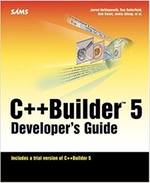Dependency Injection with OpenWhisk PHP
Any non-trivial PHP applications use various components to do its work, from PDO though to classes from Packagist. It's fairly common in a standard PHP application to use Dependency Injection to configure and load these classes when necessary. How do we do this in a serverless environment such as OpenWhisk? This question comes up because we do not have a single entry point into our application, instead we have one entry point per action. If… continue reading.


